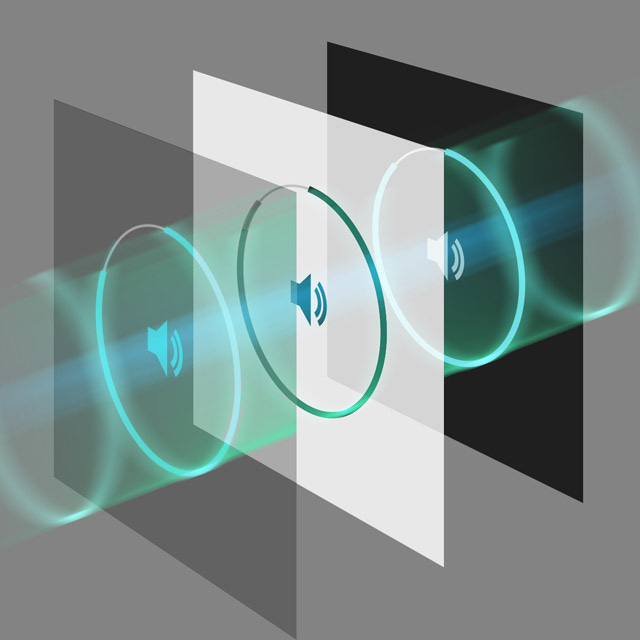A digital-domain volume control adjusts the signal level by performing mathematical computation on the samples representing the audio. For example, to attenuate a signal by 6dB (a halving of signal level) each sample is multiplied by 0.5. It sounds straightforward, but unfortunately, this processing reduces the signal’s resolution (by one bit per 6dB of attenuation) and adds significant distortion. This distortion is in the form of harmonics at multiples of the music signal. The product of the multiplication (the audio-sample value after the multiplication) is sometimes a very long digital word that must be shortened (truncated) by the DAC. Note that the word length after multiplication depends on the values of the factor (multiplier) and the multiplicand (the value of the audio sample)—this is key, as we’ll see in a minute.
This truncation-induced distortion can be reduced (but not eliminated) with the application of dither (a small amount of noise added to the signal), but at the expense of raising the wideband noise floor. The greater the amount of attenuation, the greater the distortion and loss of resolution. A few dB of attenuation is not that detrimental, but with a power amplifier of average gain and loudspeakers of average sensitivity, a normal listening level might require 20–30dB of attenuation in the digital source component.
Some manufacturers have gone to great lengths to avoid this distortion in digital volume controls. One approach is to simply adjust the volume in the analog domain with a potentiometer or stepped-resistor network. To realize remote control with analog-domain attenuation requires a motorized potentiometer or stepped-resistor network. Both these approaches are much more expensive to implement and are not without their sonic drawbacks. The manufacturer Aesthetix has a clever work-around to this problem with its hybrid digital/analog volume control. Their solution is to perform digital-domain attenuation up to 5.9dB in 0.1dB steps, and then at the next step down to switch in 6dB of analog attenuation and restore the digital domain attenuation to no attenuation (full scale). Although the Aesthetix volume control has a very wide range, it never subjects the signal to more than 5.9dB of digital-domain attenuation at any level.
Digital-domain volume control is clearly a problem in search of a solution. The answer comes from a Frenchman by the name of Gilles Milot of the company Acoustical Beauty. Mr. Milot has a nearly 50-year history of creating innovative technologies for a variety of high-end audio companies including Micromega (as founder), Goldmund, YBA, and Cabasse. Leedh is an acronym for the French translation of “Holophonic Laboratory of Research and Development,” the firm Mr. Milot founded decades ago to pursue experimental audio technologies. The company claims that their lossless digital volume control sounds better than even the finest analog volume control in a preamplifier.
Here's a simplified explanation of how Leedh works. In short, the process trades precision of the amount of attenuation for precision in the output signal. As I mentioned, a digital volume control attenuates the signal by multiplying each sample by a number less than 1. The resulting word length is longer than the length before multiplication. When these very long word lengths are input to a DAC, the DAC will truncate the word to accommodate the DAC’s maximum word length. Leedh chooses only factors (multipliers) that result in shorter word lengths and less truncation of the least-significant bits (LSBs) by the DAC. Consequently, Leedh cannot reduce the volume in, say, uniform 0.5dB increments as can a conventional digital volume control. Some increments may be 0.461dB and others may be 0.523dB, for example (this is an illustration I made up, not the actual attenuation values). By choosing only certain multipliers that result in shorter word lengths, the DAC truncates fewer bits, losing less information and avoiding the creation of harmonic distortion products as well as leaving more “headroom” in the DAC.
If you’re interested in a more detailed description, including the mathematics behind Leedh, I refer you to the Audio Engineering Society paper presented at the 2020 Vienna conference by the University of Applied Sciences and Arts of Southern Switzerland, available at the website processing-leedh.com. I don’t know the association between Miles Milot and the Swiss university, but the academics have given it a full evaluation and report in the paper.





